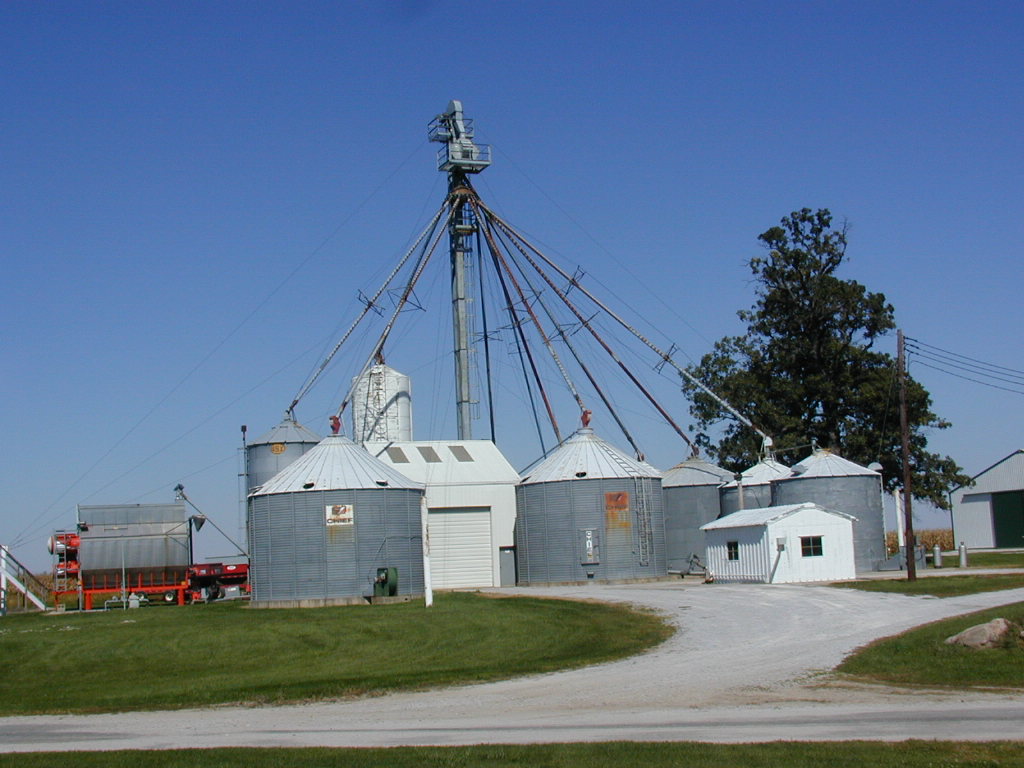
Switchgrass (Panicum virgatum L.) is a native perennial warm-season grass that is adapted as many ecotypes across North America.

Switchgrass (Panicum virgatum L.) is a native perennial warm-season grass that is adapted as many ecotypes across North America.

Even if grain yield monitor calibration, adjustments, and operation are faithfully conducted (Luck & Fulton, 2014; Nielsen, 2020c), the resulting yield data sets almost always require some post-harvest processing and “cleaning” procedures to rid the data set of anomalies and “gremlins” (Luck et al., 2015; Nielsen, 2020a; Nielsen, 2020b).

All programs/events are being tweaked during this new “normal,” hoping you will join us for the virtual 2021 Crop Management Workshop.

We had some chilly nights last weekend and the beginning of the week, which caused concern for some hemp growers. But, we made it through and the hemp seems to be doing alright. There are some noticeable changes in color, which could cause alarm, other than that, the hemp is unscathed. One cultivar at Meigs went from a bright green to a deep purple. The same thing happens to the forsythia in my front yard and to many other plants this time of year. Most of the data on frost tolerance and hemp is out of Canada and focuses on grain and fiber specific cultivars. Growers have harvested all the fiber hemp and most of the grain hemp. However, there is not much data on frost tolerance in cannabinoid rich hemp. The University of Vermont does have some useful information on their experiences with frost and hemp. They find that[Read More…]

Harvest is already underway in the Midwest with 22% of corn and 30% of soybean already harvested in Indiana by October 4 according to USDA-NASS crop progress report (USDA, 2020). It appears that the yields this year would be fairly good and farmers would be bringing in a good crop. This article focuses on securing the crop by ensuring that grain is harvested timely, dried adequately and binned correctly. Harvest grain timely and dry adequately for safe storage First of all, it is important to know what moisture content you need to be storing your grain at based on your short and long-term marketing plans. How long you intend to store your grain will determine the level of moisture content to dry your grain to. Table 1 provides a guideline on recommended maximum moisture contents at storage periods from up to 6 months to over one year for[Read More…]

Combine fires cost farmers millions of dollars in damages every harvest, and in dry years such as 2020, the potential for fires is even greater than normal.

Livestock producers wanted to know more about the risk of prussic acid poisoning when members of the sorghum family (sudangrass, sorghum-sudangrass, and forage sorghum, and Johnsongrass present in pastures) are being utilized after a freeze event.

September was dry across Indiana with some counties being the driest on record since 1895 (Figure 1).

As harvest season progresses quickly this fall due to favorable weather conditions and our crops come out of the field, now is the time to think about weed control for winter annual weeds, including marestail.
In the latest Purdue Crop Chat Podcast, Extension Corn Specialist Bob Nielsen and Extension Soybean Specialist Shaun Casteel discuss early yield numbers that they’re hearing from farmers and getting on their own research trials. They also discuss their expectations of the October 9 USDA Crop Report. The Purdue Crop Chat Podcast is presented by the Indiana Corn Marketing Council and the Indiana Soybean Alliance.
© 2025 Purdue University | An equal access/equal opportunity university | Copyright Complaints | Maintained by Pest&Crop newsletter
If you have trouble accessing this page because of a disability, please contact Pest&Crop newsletter at luck@purdue.edu.